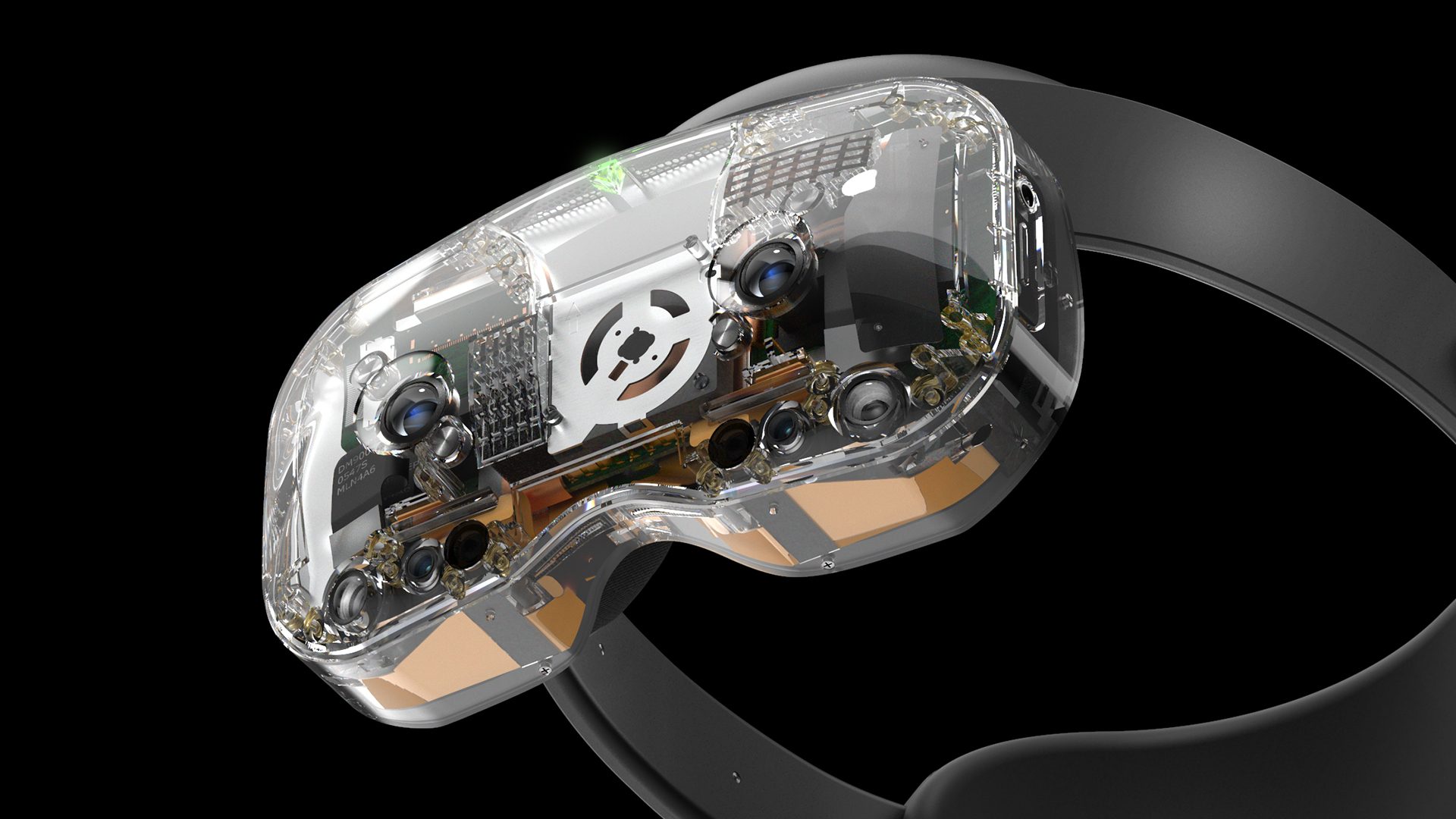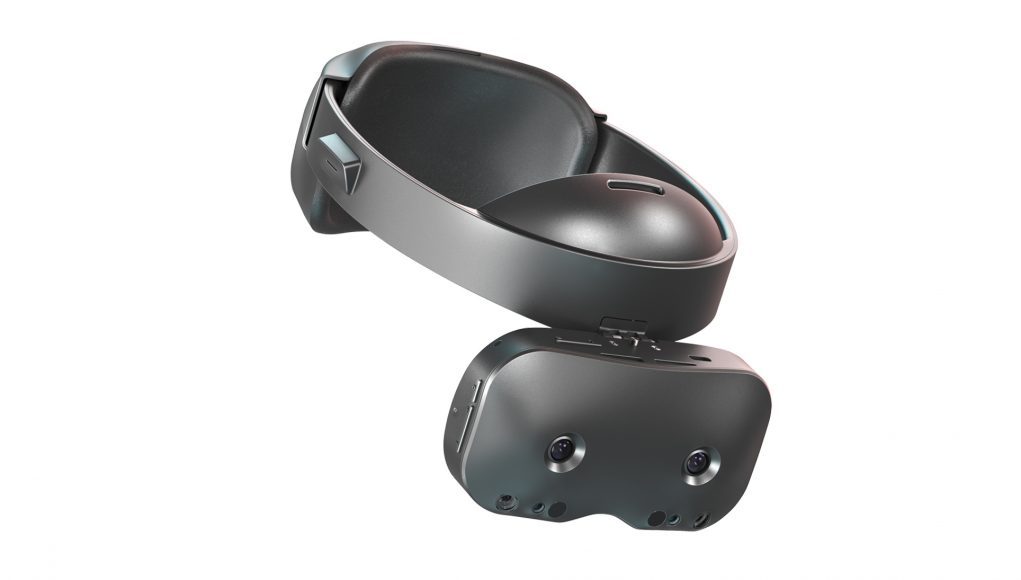French startup Lynx announced its Lynx R-1 mixed reality headset last year. The standalone headset, which is capable of both VR and pass-through AR, was previously said to launch for business somewhere around the $1,500 price point. Lynx previously said it was pivoting to target both enterprise and consumers however, now adding that the headset will start at $500 when it hits Kickstarter sometime in late September.
Update (September 10th, 2021): Lynx tossed out a new promo yesterday in which an opening price point was revealed, reaching well below the sub-$1,000 price tag previously mentioned in July.
The consumer version is said to be priced at $500. A transparent ‘Limited Edition’ model is said to come in at $700, while a professional edition for businesses will sell for $900.
CEO Stan Larroque explains in a Q&A video that while it won’t be selling hardware below cost, they’ve factored in the price of both limited and pro editions so they can hit that $500 price point for consumers. The original article announcing the Kickstarter follows below.
Original Article (July 9th, 2021): Lynx founder and CEO Stan Larroque announced in the project’s July update a few key changes to its upcoming MR headset. You can check out the full 30-minute video at the bottom of the article.
In short, the headset is now said to include a modified version of its unique “four-fold catadioptric freeform prism” optics which will remove the need for eye-tracking, something that was required due to the headset’s relatively small eye-box—the “sweet spot” area within the headset where you can view the image in focus.

One of the biggest revelations from the update was that Lynx R-1 is expected to be “way below $1,000,” or just a “couple hundred dollars,” Larroque says. This was achieved by modifying some components, however it wasn’t specified which ones.
Larroque confirmed the headset will still include Ultraleap hand-tracking, which is the only other change in its overall feature set. All other features are said to be in-tact, and the product “is complete,” including specs and design. The Qualcomm Snpadragon XR-2 is still listed on the headset’s spec sheet, which is nice to see.
A month-long Kickstarter campaign to fund the headset’s refocus towards consumers is expected in September 2021, with shipments targeting February 2022. Lynx says it’s reimbursing those who pre-ordered the headset and will give them a promo code. A special clear version of the headset is also slated to be on offer, which you can see in the image above.
Prototypes of the updated design are said to ship sometime this summer to select members of the press, so we’ll hopefully have a better idea of how everything has come together after the company’s two-year stint in R&D.







